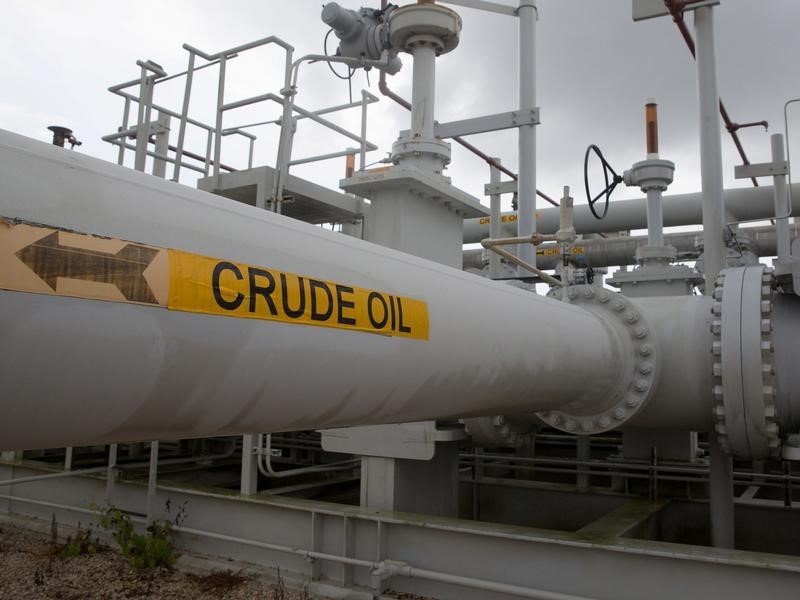(Bloomberg) -- Crude in New York dropped to the lowest since May after a surprise increase in U.S. gasoline inventories signaled fuel demand is under threat with the delta variant menacing the nation.
West Texas Intermediate ended its session down 1.7% to settle at $65.46 a barrel, the fifth straight daily decline. Futures fell below $65 for the first time since May in after-hours trading. Minutes from the latest Federal Reserve meeting suggested that tapering of monthly asset purchases could begin as soon as this year, a move that could strengthen the dollar and lower the appeal of commodities priced in the currency, said Phil Flynn, senior market analyst at Price Futures Group Inc.
Domestic gasoline stockpiles inventories climbed by 696,000 barrels, the first increase in more than a month, according to data released by the Energy Information Administration on Wednesday. Meanwhile, crude stockpiles declined by a larger-than-forecast 3.23 million barrels.
“After the EIA data came out, the market initially reacted positively, but as traders assessed the fundamentals with respect to demand risk, they changed their tune,” said Bart Melek, head of global commodity strategy at TD Securities. “The stronger dollar had an additional impact, but what it comes down to is that the market is reeling from delta’s continued threat to consumption.”
The report followed an industry-funded American Petroleum Institute tally on Tuesday that saw a 1.16-million decline in crude inventories with supplies at the Cushing, Oklahoma, hub dropping by 1.74 million. The group also pegged the drop in gasoline stockpiles at almost 2 million. The surprise gasoline build is “certainly weighing on the market,” said Matt Sallee, who helps manage about $8 billion at Tortoise.
Crude surged during the first half of the year as vaccination rollouts increased confidence about the pace of economic recovery. But the rally was knocked off course in recent weeks amid signals in the U.S. and China suggesting the spread of Covid-19’s delta variant may be hurting energy demand.
Despite lower headline prices, Brent’s nearest timespread widened to settle at a backwardation of 46 cents Wednesday. That structure — where the nearest contracts are more expensive than those at later dates — has started to indicate a stronger market in recent days, after slumping to an 11-week low on Monday.
In physical markets, sour crudes traded on the U.S. Gulf Coast fell to two-week lows with several refineries undergoing maintenance and weakening demand from Asia.
“The $100-a-barrel predictions we saw earlier in the summer were rendered completely inaccurate as Asian demand continues to be muted,” said Jay Hatfield, chief executive officer of Infrastructure Capital Management. “Delta notwithstanding, an overall stockpile decline indicates some positive long-term fundamentals for oil.”
(A previous version corrected the time period in the headline.)
©2021 Bloomberg L.P.

